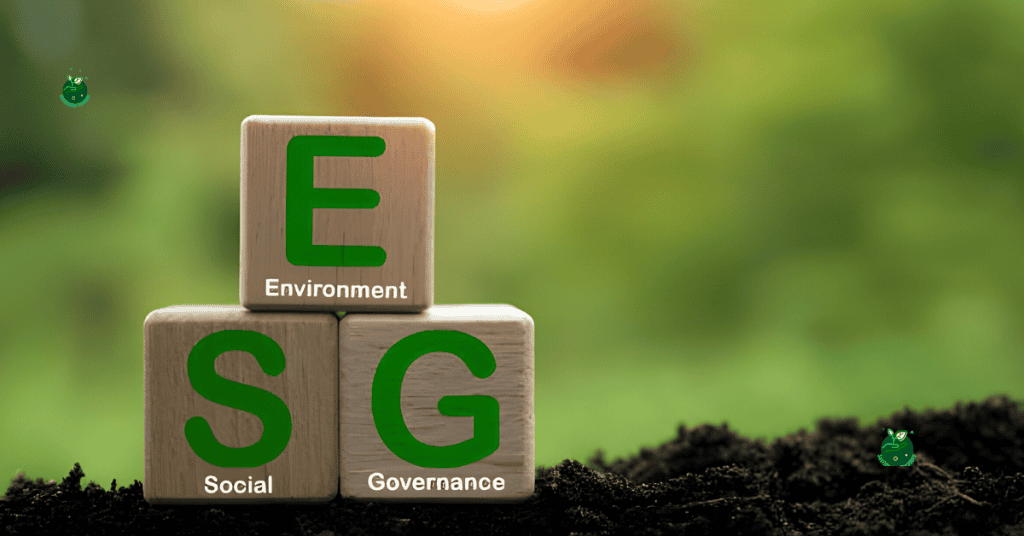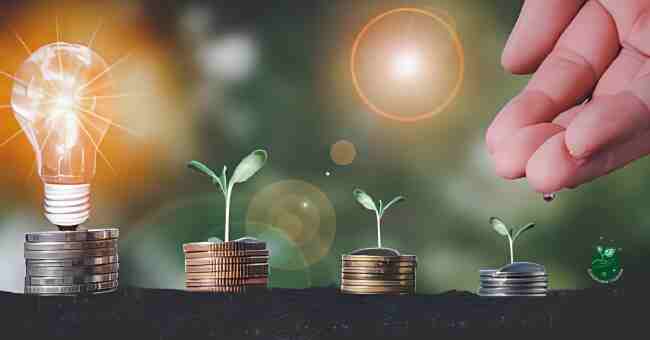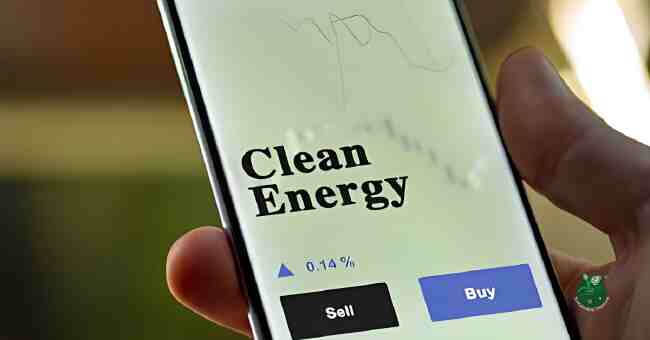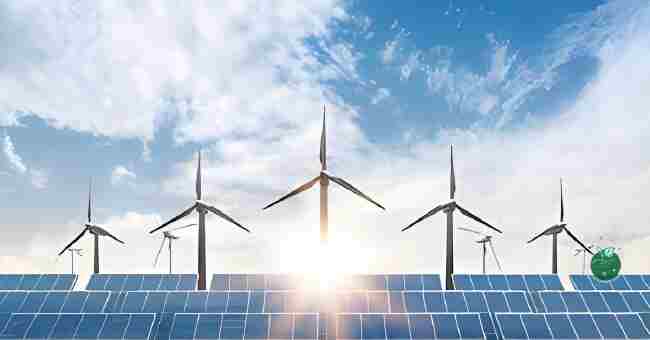The global packaging industry, valued at over $900 billion in 2022, stands at a critical inflection point. As consumer demand for eco-friendly packaging soars and governments crack down on plastic pollution, innovative companies developing sustainable packaging solutions are attracting record levels of investment.
This article explores the key drivers reshaping the packaging landscape and highlights emerging opportunities for investors to capitalize on the sustainable packaging revolution.
The Unsustainable Status Quo Conventional packaging materials, particularly single-use plastics derived from fossil fuels, have dominated the industry for decades due to their versatility, cost-effectiveness, and performance properties.
However, the environmental consequences of this reliance on plastic packaging have reached a tipping point. Plastic waste clogs landfills, chokes marine life, infiltrates food chains, and even accumulates in remote corners of the planet like Antarctic ice shelves.
Consumer Demand for Sustainable Alternatives In response to growing awareness of these environmental impacts, consumer preferences are shifting rapidly towards sustainable packaging.
A recent survey found that 85% of respondents believe companies should be responsible for reducing packaging waste, and 72% are willing to pay more for eco-friendly packaging.

This trend is particularly pronounced among millennials and Generation Z, who now wield the most purchasing power and prioritize sustainability when making buying decisions.
Governments Take Action Governments worldwide are also stepping up efforts to combat plastic pollution and incentivize sustainable packaging adoption. The EU’s Single-Use Plastics Directive, which took effect in 2021, bans certain plastic items and sets ambitious recycling targets. Other countries like India and China have announced even more aggressive goals to phase out single-use plastics entirely. Extended Producer Responsibility (EPR) schemes, which hold companies financially accountable for collecting and recycling their packaging waste, are also gaining traction globally.
Investing in Sustainable Packaging Innovation Against this backdrop of changing consumer preferences and tightening regulations, the sustainable packaging market is expected to grow at a CAGR of 6.1% from 2021 to 2028, reaching $142.4 billion by 2028. This presents a massive opportunity for investors to support the development and commercialization of innovative eco-friendly packaging solutions.
One promising area is bioplastics, which are derived from renewable resources like corn, sugarcane, and algae. These materials can be composted or recycled, reducing reliance on fossil fuels and mitigating plastic pollution. Companies like Novamont and Danimer Scientific are pioneers in this space, developing compostable packaging for applications ranging from food packaging to flexible films.
Another key innovation is the use of recycled materials to create new packaging. Startups like Trenton Plastics are developing advanced recycling technologies that can process mixed plastic waste into high-quality recyclable materials, enabling a more circular economy. Brands like Patagonia and Everlane are already incorporating recycled plastics into their packaging, demonstrating the commercial viability of this approach.
Beyond material innovations, companies are also exploring new designs and delivery models to reduce packaging waste. Loop, a circular shopping platform, partners with major brands to offer products in reusable containers that are collected, cleaned, and refilled after use. This model has the potential to eliminate single-use packaging altogether for certain product categories.
Evaluating Sustainable Packaging Investments As with any emerging industry, investing in sustainable packaging requires careful due diligence. When evaluating companies, investors should consider factors such as:
- Life cycle environmental impacts: Look for comprehensive assessments of a packaging solution’s carbon footprint, energy use, and end-of-life disposal options.
- Certification and standards: Ensure that sustainability claims are backed by reputable third-party certifications like the Biodegradable Products Institute (BPI) or the Forest Stewardship Council (FSC).
- Scalability and cost-competitiveness: Assess whether the packaging solution can be produced at scale and at a price point that is competitive with conventional alternatives.
- Strategic partnerships and customer adoption: Look for companies that have established partnerships with major brands or retailers to pilot and scale their sustainable packaging solutions.
Investment Vehicles and Strategies Investors can gain exposure to the sustainable packaging industry through a variety of vehicles and strategies, depending on their risk tolerance and time horizon:
- Venture Capital and Private Equity: Early-stage startups developing breakthrough sustainable packaging technologies can offer high potential returns, but also come with significant risk. Later-stage private companies may provide a more balanced risk-return profile as they scale their solutions.
- Public Equities: Established packaging companies that are proactively investing in sustainable solutions can offer more stable returns and potential upside as they capture market share. Examples include Berry Global and Amcor.
- ESG and Impact Funds: Specialized funds that focus on environmental, social, and governance (ESG) factors or target specific sustainability goals can provide diversified exposure to sustainable packaging and other green industries.
FAQs

What Does Sustainable Packaging Include?
Sustainable packaging encompasses a wide range of eco-friendly materials and practices that minimize environmental impact. This includes using recycled, recyclable, or biodegradable materials such as paper, cardboard, bioplastics, and plant-based fibers. Sustainable packaging also focuses on reducing waste by optimizing packaging design, eliminating unnecessary components, and promoting reusability. Additionally, sustainable packaging considers the entire lifecycle of the package, from sourcing raw materials to end-of-life disposal, to ensure minimal carbon footprint and maximum resource efficiency.
What Are Two Benefits Of Using Sustainable Packaging?
Two significant benefits of using sustainable packaging are reduced environmental impact and improved brand reputation. By choosing eco-friendly materials and designing packaging for recyclability or biodegradability, companies can minimize waste, conserve resources, and decrease greenhouse gas emissions associated with production and disposal. This not only helps protect the planet but also demonstrates a commitment to sustainability that resonates with increasingly environmentally-conscious consumers. Brands that prioritize sustainable packaging can differentiate themselves in the market, attract loyal customers, and potentially increase sales and market share.
What Is The Importance Of Sustainable Investments?
Sustainable investments play a crucial role in driving the transition to a more sustainable economy. By allocating capital to companies and projects that prioritize environmental and social responsibility, investors can accelerate the development and adoption of sustainable technologies, products, and practices. This includes supporting businesses that are innovating in areas such as renewable energy, green transportation, sustainable agriculture, and eco-friendly packaging. Sustainable investments not only generate financial returns but also create positive social and environmental impacts, helping to address global challenges such as climate change, resource depletion, and waste pollution.
Is Sustainable Packaging More Expensive?
While sustainable packaging materials and practices can sometimes come with higher upfront costs compared to traditional packaging, the long-term benefits often outweigh the initial investment. As demand for sustainable packaging grows and production scales up, prices are becoming more competitive. Moreover, companies can offset any increased packaging costs through operational efficiencies, such as reduced waste, optimized shipping, and improved inventory management. Additionally, many consumers are willing to pay a premium for products with sustainable packaging, which can help justify any added expenses and even boost profitability.
How Big Is The Sustainable Packaging Market?
The sustainable packaging market is a rapidly growing sector, driven by increasing consumer demand, government regulations, and corporate sustainability goals. According to recent market research, the global sustainable packaging market size was valued at USD 89.0 billion in 2020 and is projected to reach USD 117.3 billion by 2025, at a CAGR of 5.7% during the forecast period. This growth is expected to continue as more companies adopt sustainable packaging solutions and consumers prioritize environmentally-friendly products. The food and beverage industry is currently the largest end-use sector for sustainable packaging, followed by personal care and cosmetics.
Are Sustainable Businesses Profitable?
Yes, sustainable businesses can be highly profitable. In fact, many studies have shown that companies with strong environmental, social, and governance (ESG) practices tend to outperform their peers financially.
This is because sustainable businesses often have lower operating costs, reduced risk exposure, and increased customer loyalty. By using eco-friendly materials, reducing waste, and optimizing resource efficiency, sustainable companies can improve their bottom line while also creating value for society and the environment.
Moreover, as consumers increasingly prioritize sustainability, businesses that demonstrate a genuine commitment to environmental responsibility are well-positioned to capture market share and drive long-term growth.
What Is The Best Material For Sustainable Packaging?
There is no single “best” material for sustainable packaging, as the most appropriate choice depends on the specific product, supply chain, and end-of-life considerations. However, some materials are generally considered more sustainable than others. These include:
- Recycled paper and cardboard: Made from post-consumer waste, these materials are easily recyclable and biodegradable.
- Plant-based plastics: Derived from renewable resources like corn, sugarcane, or algae, bioplastics can provide similar functionality to traditional plastics while being compostable or biodegradable.
- Molded fiber: Made from recycled paper pulp or agricultural waste, molded fiber packaging is durable, protective, and biodegradable.
- Glass: Infinitely recyclable and non-toxic, glass is a sustainable option for certain products, although its weight can increase transportation emissions.
Ultimately, the best sustainable packaging material is one that balances performance, cost, and environmental impact for a given application.
How Many People Want Sustainable Packaging?
Consumer demand for sustainable packaging is growing rapidly. According to a 2020 global survey by Trivium Packaging, 74% of consumers are willing to pay more for sustainable packaging. The same study found that 67% of consumers consider it important that the products they purchase are packaged in recyclable materials, and 54% take sustainable packaging into account when selecting a product.
Another survey by CGS reported that 70% of consumers say sustainability is at least “somewhat important” to them when making a purchase.
These trends are even more pronounced among younger generations, with millennials and Gen Z showing the highest levels of concern for environmental issues and preference for eco-friendly packaging.
As awareness of the environmental impact of packaging waste continues to grow, it’s clear that a significant and increasing majority of consumers want sustainable packaging options.
Conclusion
The sustainable packaging industry is still in its early stages, with plenty of room for innovation and growth. As consumer demand continues to evolve and regulations tighten, companies that can develop scalable, cost-effective, and truly sustainable packaging solutions will be well-positioned to capture market share and deliver strong returns to investors.
However, the path forward is not without challenges. Transitioning from a linear to a circular packaging economy will require significant investments in recycling and composting infrastructure, as well as ongoing collaboration between industry players, policymakers, and consumers.
Investors who can navigate these challenges and identify the most promising sustainable packaging solutions will be at the forefront of this transformative shift.
By allocating capital to companies driving the sustainable packaging revolution, investors can not only generate financial returns, but also contribute to a more sustainable future for people and planet.



